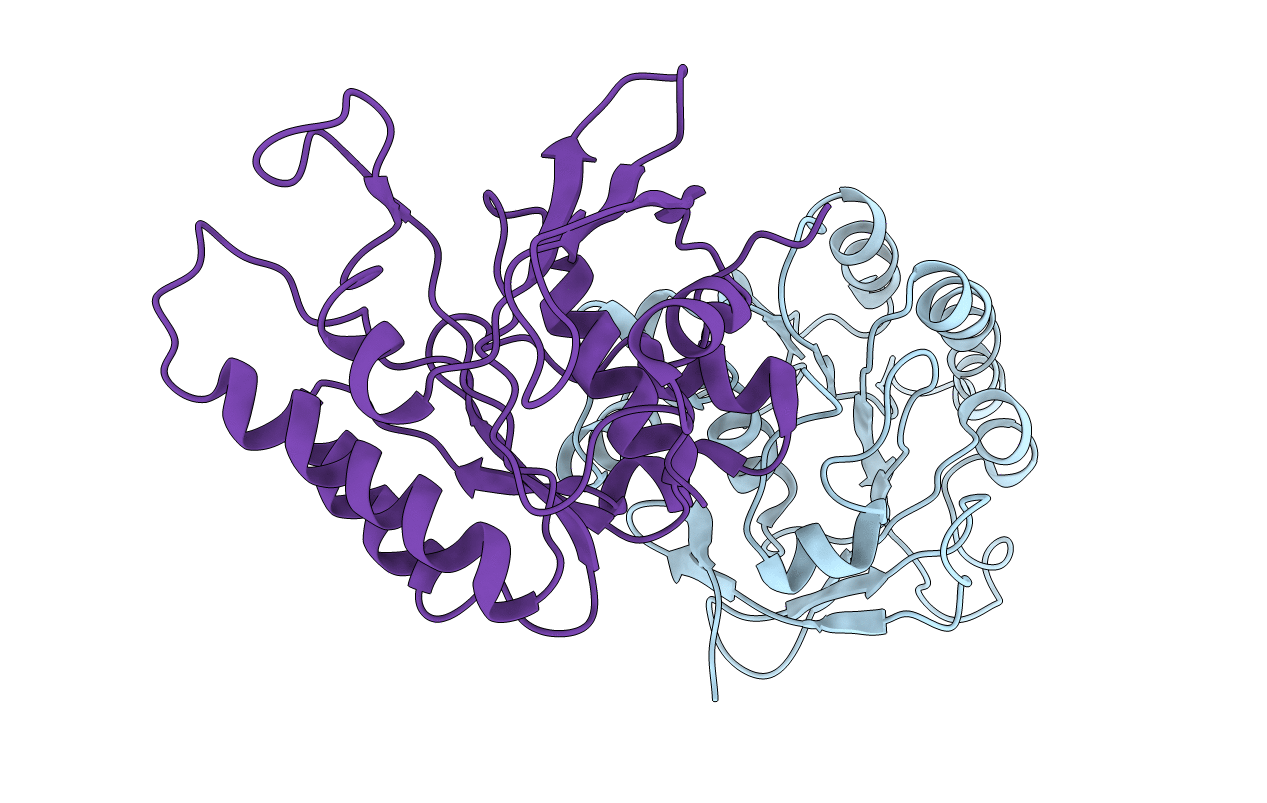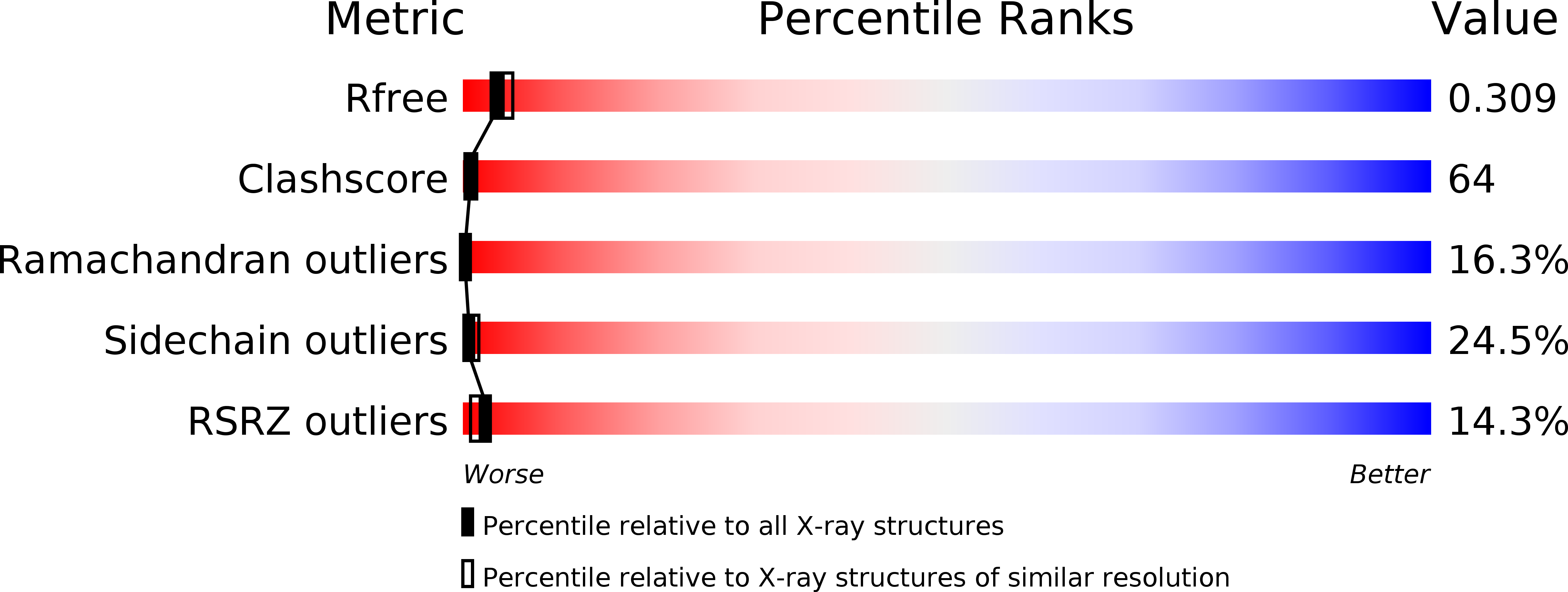
Deposition Date
2005-06-03
Release Date
2005-08-09
Last Version Date
2024-03-13
Entry Detail
Biological Source:
Source Organism:
Thermococcus kodakarensis (Taxon ID: 311400)
Host Organism:
Method Details:
Experimental Method:
Resolution:
2.60 Å
R-Value Free:
0.30
R-Value Work:
0.23
Space Group:
P 21 21 21


